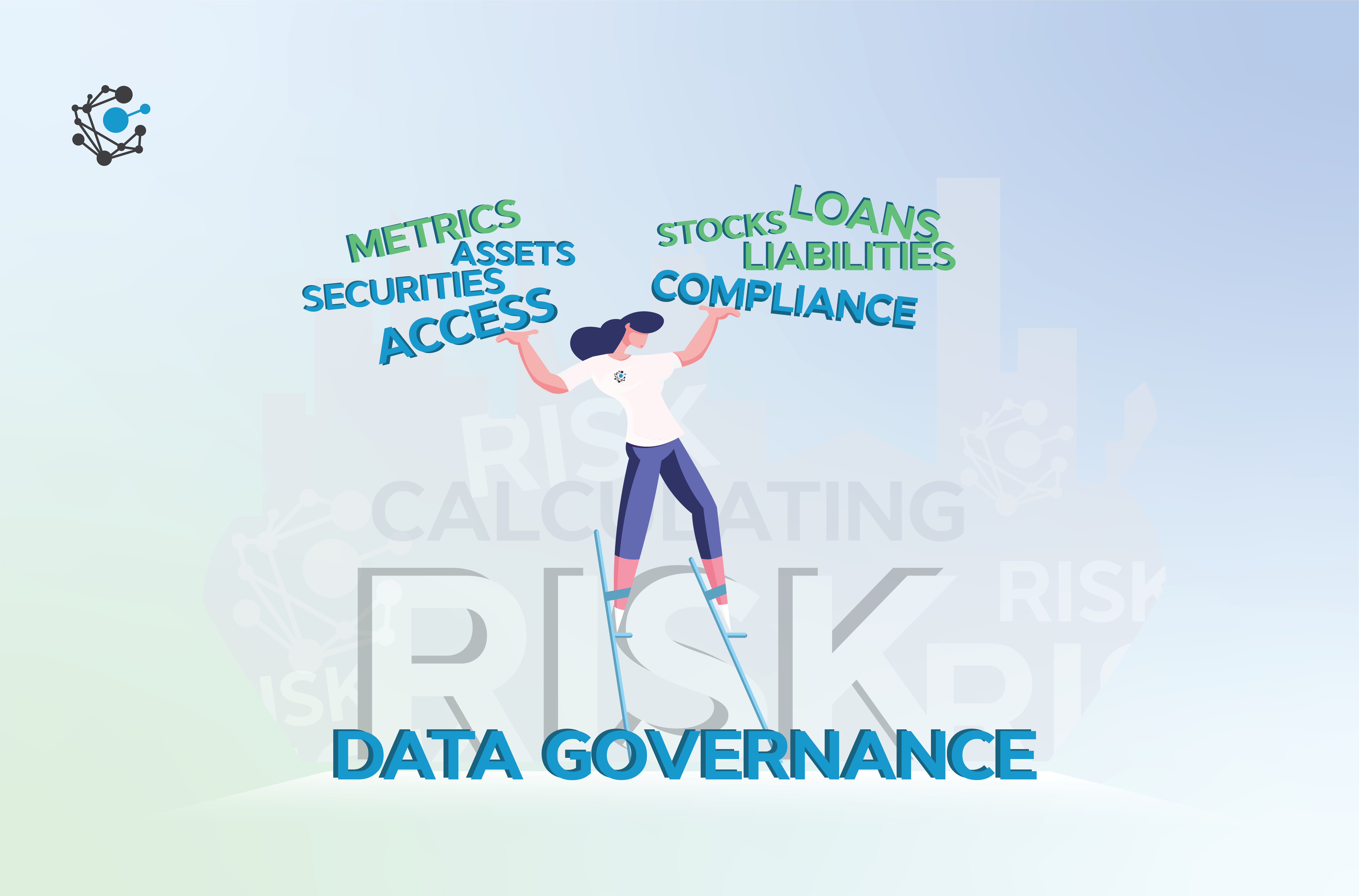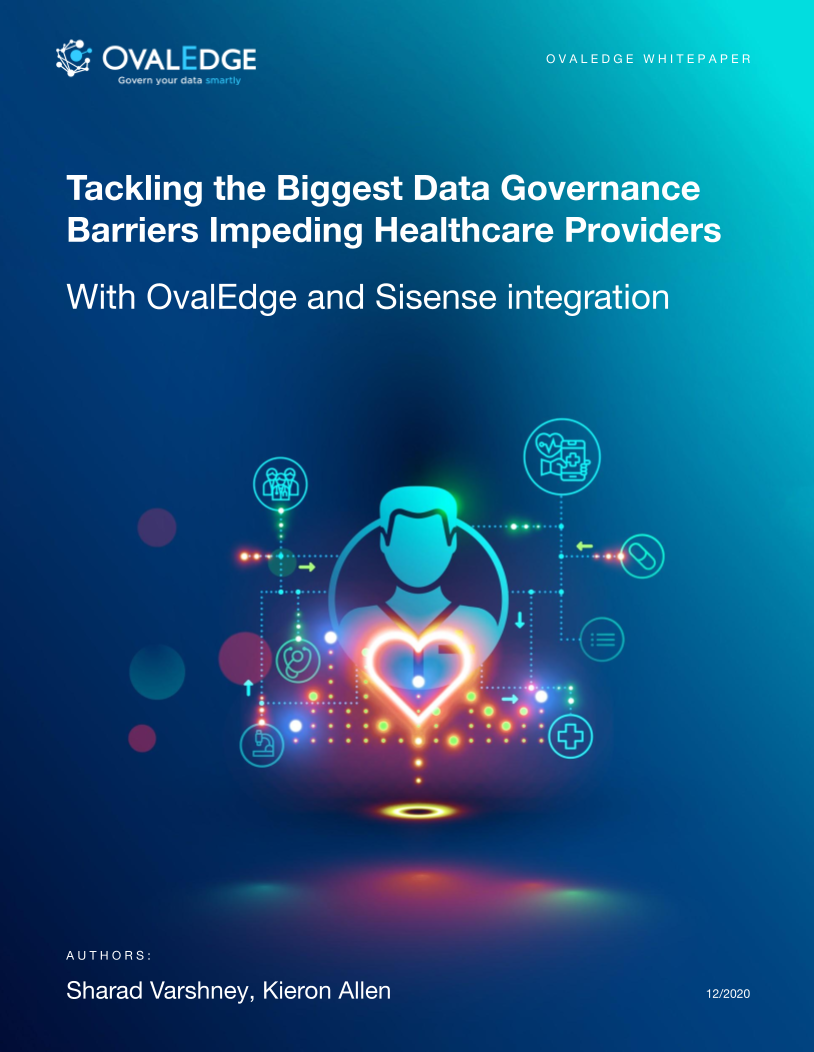Table of Contents
Risk Assessment in Banking
Guest author Dr. Sujatha (Su) Rayburn is Vice President of Information Management and Analytics at Delta Community.
Edward Deming, the eminent scholar and acclaimed total quality management guru, famously said, "In God we trust, all others bring data." How well his words resonate within the modern banking industry wherein data is veritably the oil that runs it. And not just any data but the trusted and governed kind, which is critical for banks to survive, thrive, and transform.
The global banking system is the critical infrastructure supporting the international flow of financial assets that drive the performance of corporate and governmental institutions. There's no denying its importance.
As we all know, when it crashes, society feels the impact. Data is core to the banking system, and almost all decisions are taken with the help of data. These critical decisions range from loan approvals and liquidity reserve management to offering superior products, financial services, and experiences that help customers fulfill their material needs via timely access to finance. As mentioned at the outset, banks can't function without data.
The actionable insight from information helps every department and function within the Bank. Ultimately, banking mechanics depend on trustworthy and reliable access to data, which is why data governance is so important.
One of the primary objectives of data governance in banking is to enhance the accuracy and reliability of data for use in effective risk management. Taking risks is the business of banking (or any corporate entity). Risk management involves a set of tools, techniques, and processes that focus on optimizing risk-return trade-offs.
The aim is to use trustworthy data to measure risks to monitor and control them. Thus, while data informs every banking area, managing risk is one of the most important use cases that relies heavily on trustworthy data. Thus, it would not be an overstatement that good data governance ensures readily available, high-quality, and relevant data that spells the difference between a successful bank and one destined to fail.
In this blog, I'll explain the importance of data governance in banking and how it ties in with the legal requirements of organizations operating in the sector by exploring the core operating mechanisms used to create revenue and understand what the consequences are when there is no governance in place to mitigate risk. Next, I'll reveal how, at Delta Community, we have successfully deployed data governance with the help of OvalEdge.
Risk Assessment 101
Banks rely on assets like loans, securities, and stocks to produce income, which is unique in the corporate world. Companies operating in other sectors, like software, rely on product sales to generate revenue, whereas banks make most of their revenue through the interest earned from the issuance of loans.
Thus, the loans the Bank makes to its borrowers are assets, while the deposits people deposit with the banks are its liabilities. Ultimately, banking is all about maintaining a delicate balancing act between assets and liabilities by enhancing revenue-earning potential while balancing credit and liquidity risk, among other risks.
For example, each loan has a different risk profile. Banks must determine provisions for loan loss based on the cumulative risk profile of their entire loan portfolio. Loaning to government agencies has a far lower risk profile than giving loans to early-stage start-ups, so the provision required would likely be smaller. Creating a delicate balance is an art and science where regulation plays a heavy role so executives do not take extreme risks to make short-term profits.
The Importance of Data Governance in Calculating Risk
Calculating individual risk profiles over the entirety of a bank's customer base is a challenging feat. It can't be done on a spreadsheet. It needs complex structures like data warehouses and other data management tools.
Risk is calculated and monitored using various metrics, such as Debt Income Ratio (DTI), Loan to Value Ratio (LTV), Debt Service Coverage Ratio (DSCR), Probability of Default (PD), Loss Given Default (LGD), etc. Crucially, each metric must be clearly defined across the organization with an emphasis on maintaining a single version of the truth. Otherwise, there is a danger that different divisions will calculate these metrics differently, causing confusion and skewing the results.
Ultimately, to ensure long-term financial viability, banks must conduct numerous, continual stress tests to simulate the strength of their balance sheet under varying interest rate and credit risk scenarios. For this simulation to work consistently, given the dynamic nature of the market variables, the correct definitions must be in place, the data must have valid values, and it must be of high quality.
Beyond this, banks must ensure the right people can access the correct data. All of these actions fall under data governance. This level of governance is also required for another aspect of banking regulation: compliance.
While compliance regulations directly benefit customers, they also ensure that banks follow the necessary procedures to ensure their calculations are correct and their data is solid. This means that, by law, they have to ensure they operate in a way that benefits the Bank and its customers.
Related Post: 3 Data Privacy Compliance Challenges that can be solved with Data Governance
Effective risk assessment and monitoring are necessary to ensure the health of any financial institution, as brought into sharp focus again through recent bank failures. Using established enterprise risk management techniques as a gold standard to holistically and systematically examine risk are heavily dependent on reliable and governed data.
How OvalEdge Enabled Delta Community
When I assumed responsibility for the business intelligence competency at Delta Community, I had a two-tiered BI governance structure in place so that we could place the reins of our program in the hands of the business, who would be all prevailing in establishing the program charter, roadmap, and success criteria. This was the start of data and analytics governance within Delta Community.
Initially, the focus was on ensuring a coherent strategy for organizing, governing, analyzing, and deploying various information assets within a single enterprise data warehouse. The idea was to establish a single source of the truth with trusted data and metrics.
Recognizing the need to cultivate trust in the data, we put in controls to ensure the veracity of data by tying it to best practices so that the business could rely on the quality of information within the data warehouse. For example, could we tie loan balances and counts to the trial balance?
The definition of critical constructs was another focus. We also sought a common and consistent definition for a "member" so that we could reliably produce KPIs such as "member growth or "attrition." All of these controls, a key emphasis of data governance, were led by a coalition of cross–functional business people.
This was the start of creating an accountability framework within our governance model by acknowledging and entrusting ownership and stewardship to business stakeholders. This helped us grow and evolve the program, and our users increased exponentially as we promoted trust and value in the data within the data warehouse. That's when we realized we needed to introduce and implement more data governance tools and technologies to scale and automate while formalizing roles like stewardship.
The Benefits of OvalEdge
OvalEdge has allowed us to implement data governance across the organization. It enables us to serve our customers better, ensures we operate within regulatory boundaries, and allows for consistent definitions to calculate our metrics. It's a comprehensive yet simple solution focusing on the three most crucial data governance programs: data access and literacy management, data quality improvement, and enhancing access and administrative governance of our analytics systems.
We have seen dramatic results across the board by implementing these programs, centralizing our metadata with the OvalEdge data catalog, and enabling self-service data education. Of course, we had to advance the maturity of our users to the point where they understood the importance of their role in the process.
In the past, they only had a spreadsheet emailed back and forth; it was inefficient. The OvalEdge tool has allowed us to collaborate irrespective of where we are and who is accessing the data. It often used to take days to put an analysis together to present to auditors.
Now, because our data is organized, classified, and categorized, it takes no time to gather the data we need. In the past, we had a spreadsheet-driven data dictionary that was not very efficient or comprehensive. We did not have a data catalog that pulled all this information together in a way that would enable self-service. Now, users are far more self-directed. They can understand what the data and associated terms mean because of the OvalEdge business glossary.
Customers can search the data independently and understand where the data is coming from. A loan portfolio comes from various systems, so they can understand the data source and how various metrics are calculated. Moreover, they can understand the impact of changes by tracing the end-to-end lineage of a metric.
We're also now engaging our stewards to collaborate and crowd-source data definitions within the business glossary that promotes a common understanding and cross-functional usage of terms without having to reinvent the wheel. Since the glossary terms are curated by subject matter experts within the business, it's much easier for anyone in the organization to understand it. Also, from a data quality standpoint, we can proactively identify data quality issues and alert the relevant data steward so that they can look into the matter and take ownership of it. This will be a huge help as we have started proactively managing data quality that feeds into our advanced analytics models.
Related Post: How to Manage Data Quality: A Comprehensive Guide
Collaborating on data is essential because multiple functions and departments use it. Data governance allows us to enact a data ownership and accountability framework wherein data is used and managed as an organizational asset. Having a metadata tool that centralizes everything and allows us to speak the same language has become paramount for helping educate people and helping them understand something they're not necessarily subject matter experts in. I refer to OvalEdge as a water cooler where people collaborate and have meaningful data conversations.
What you should do now
|






